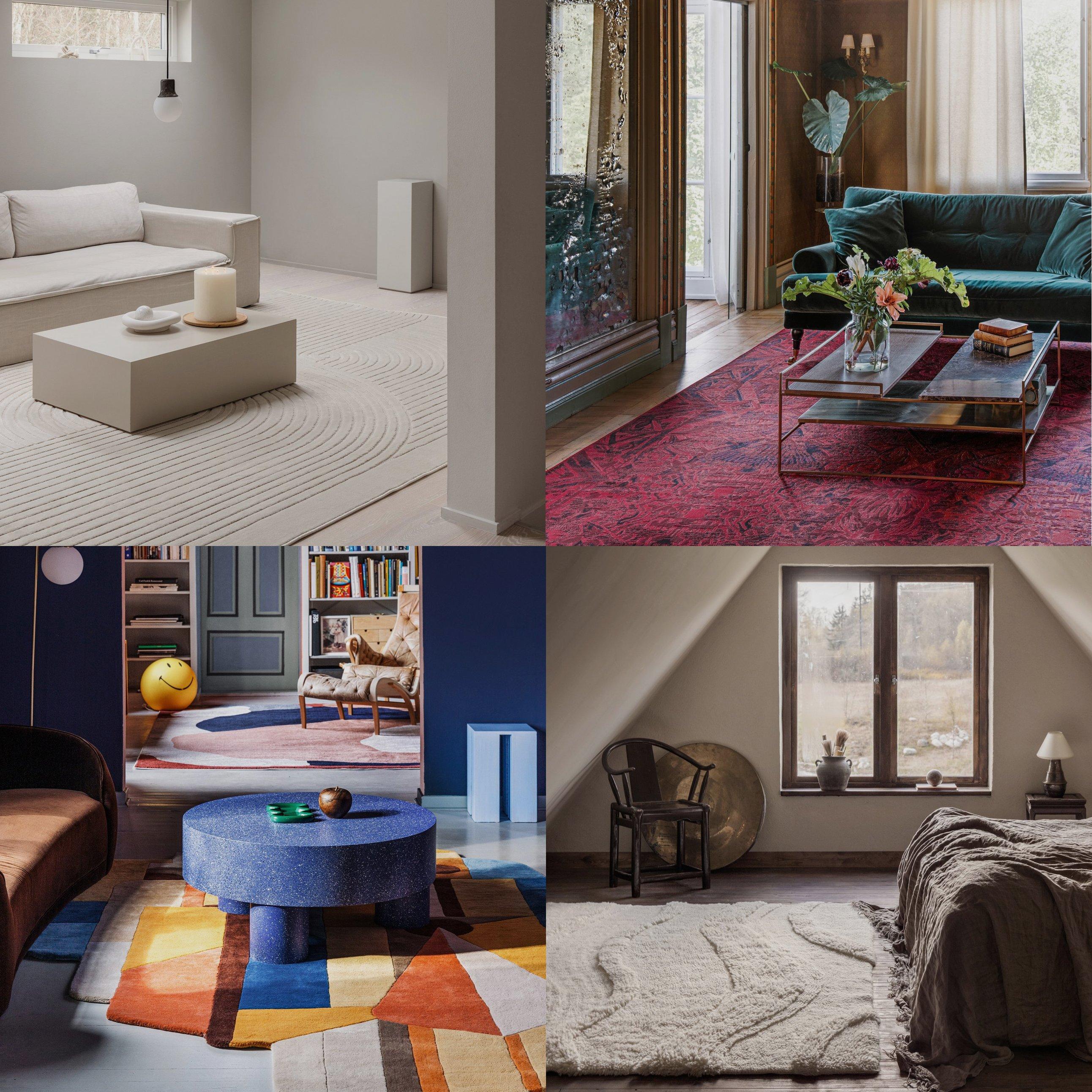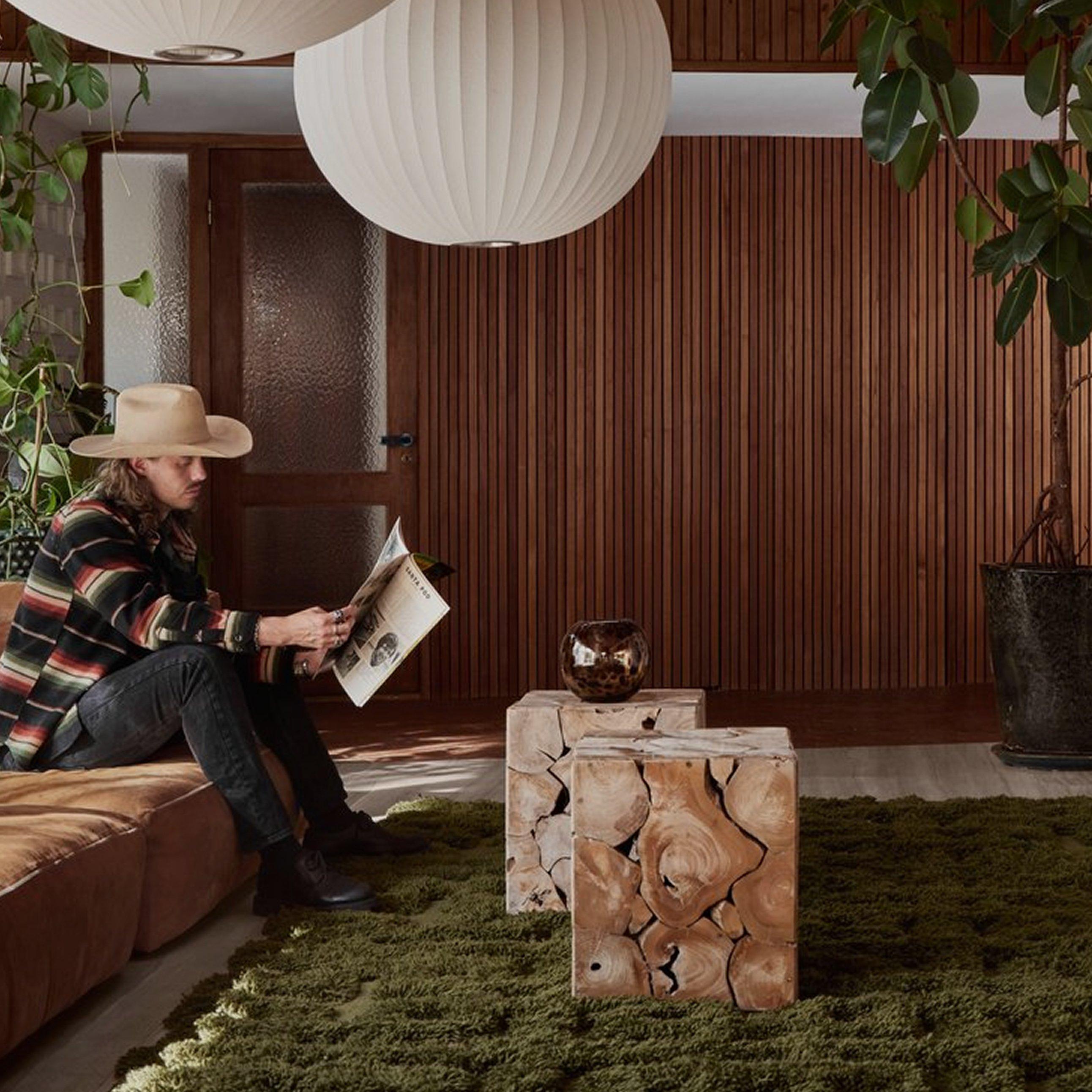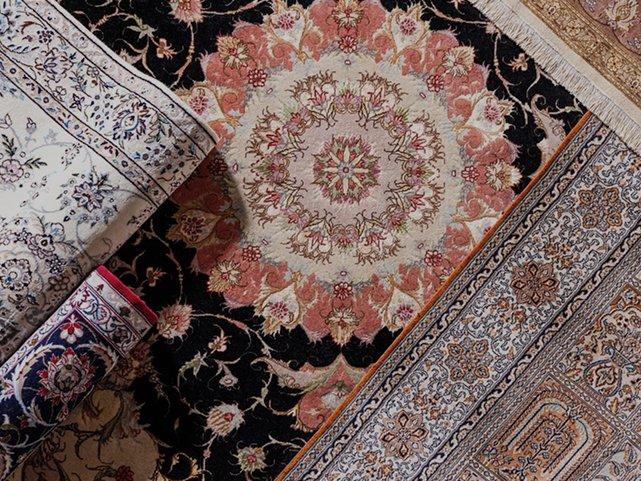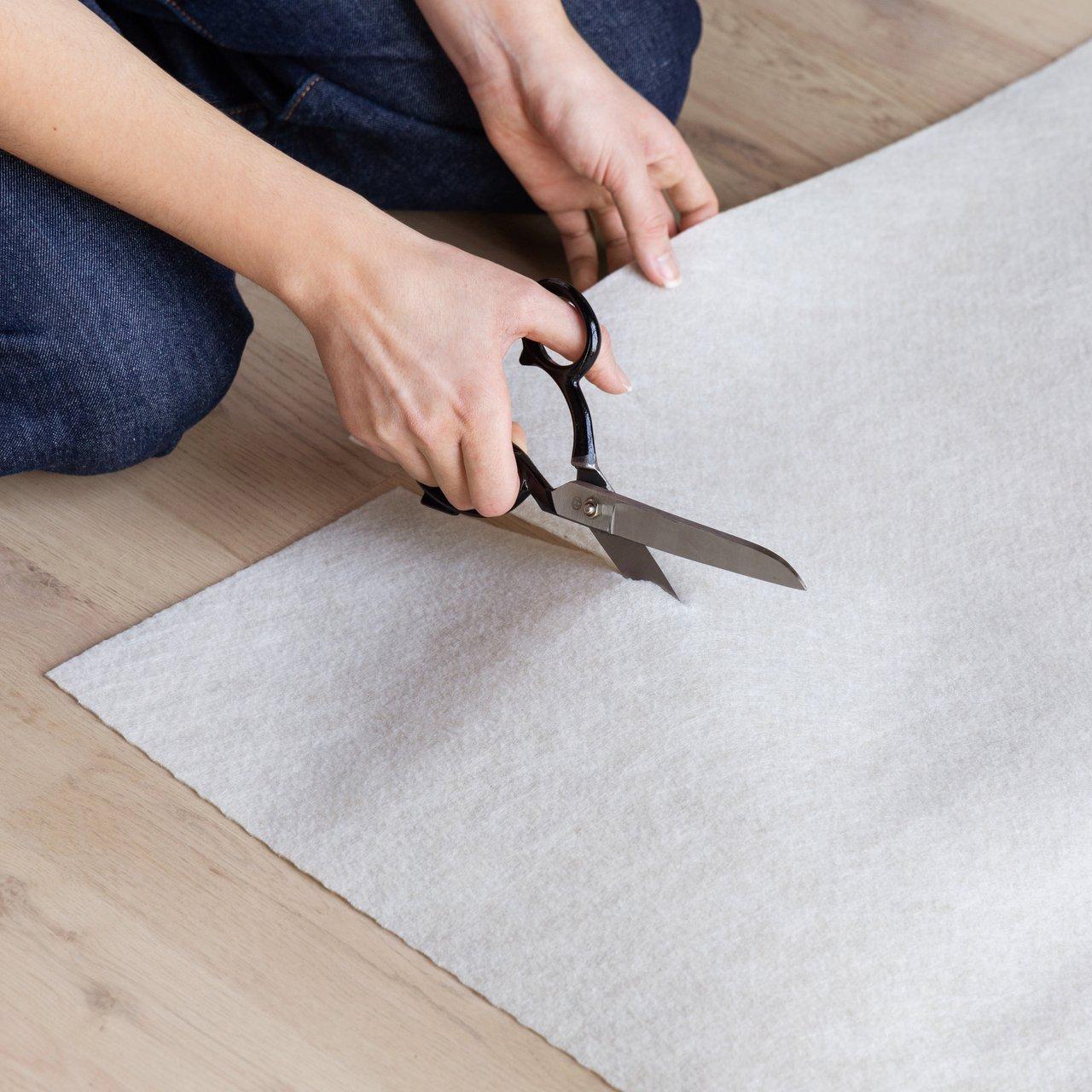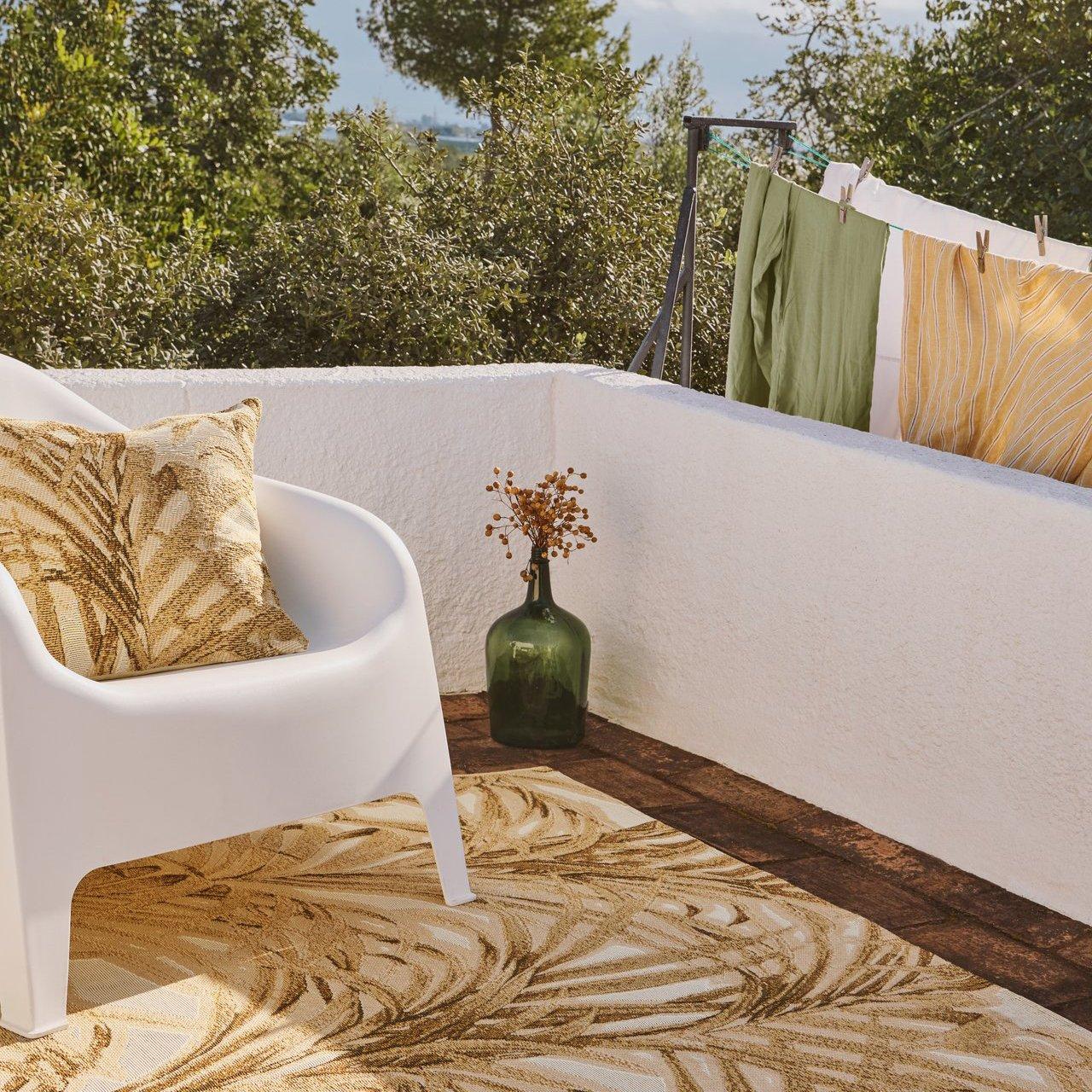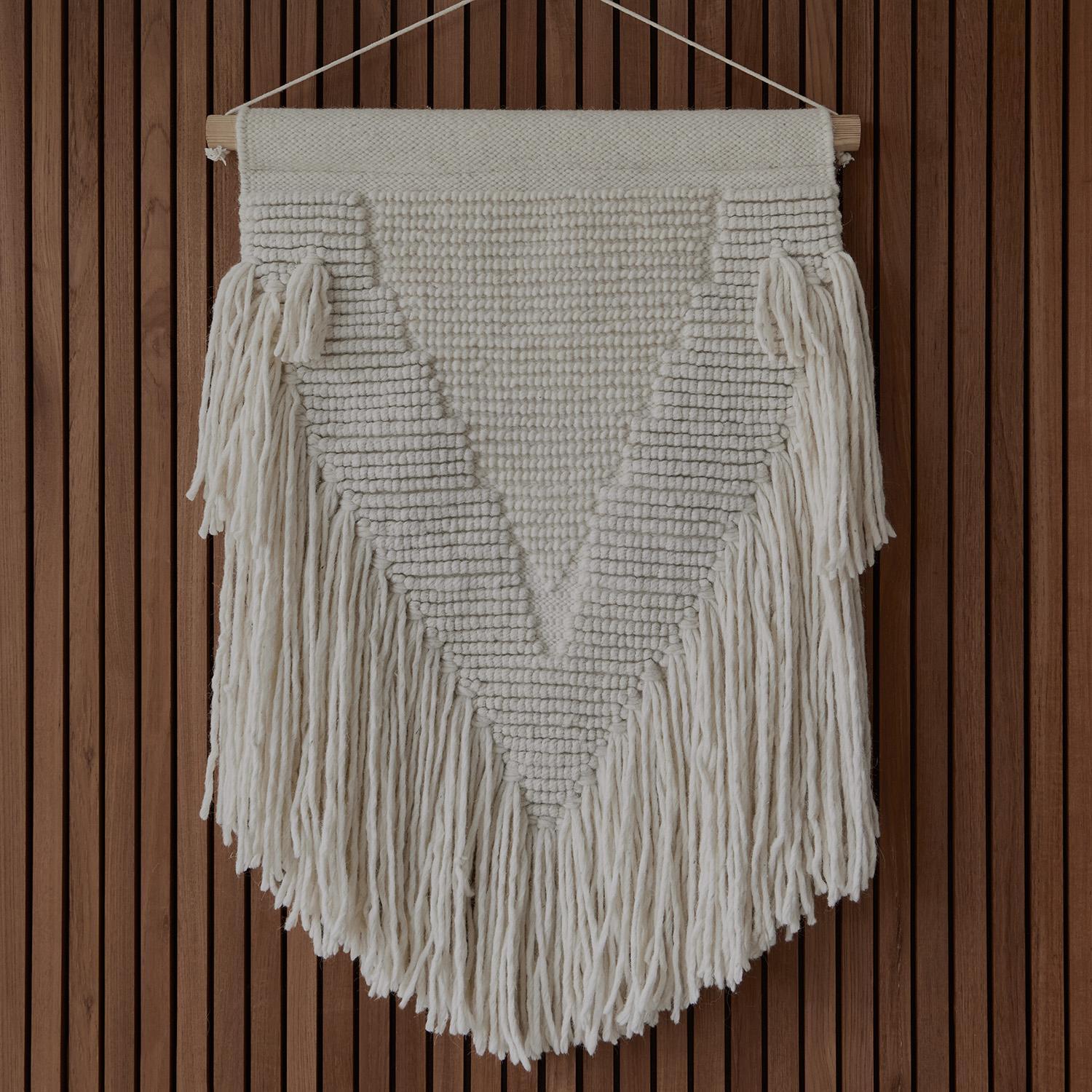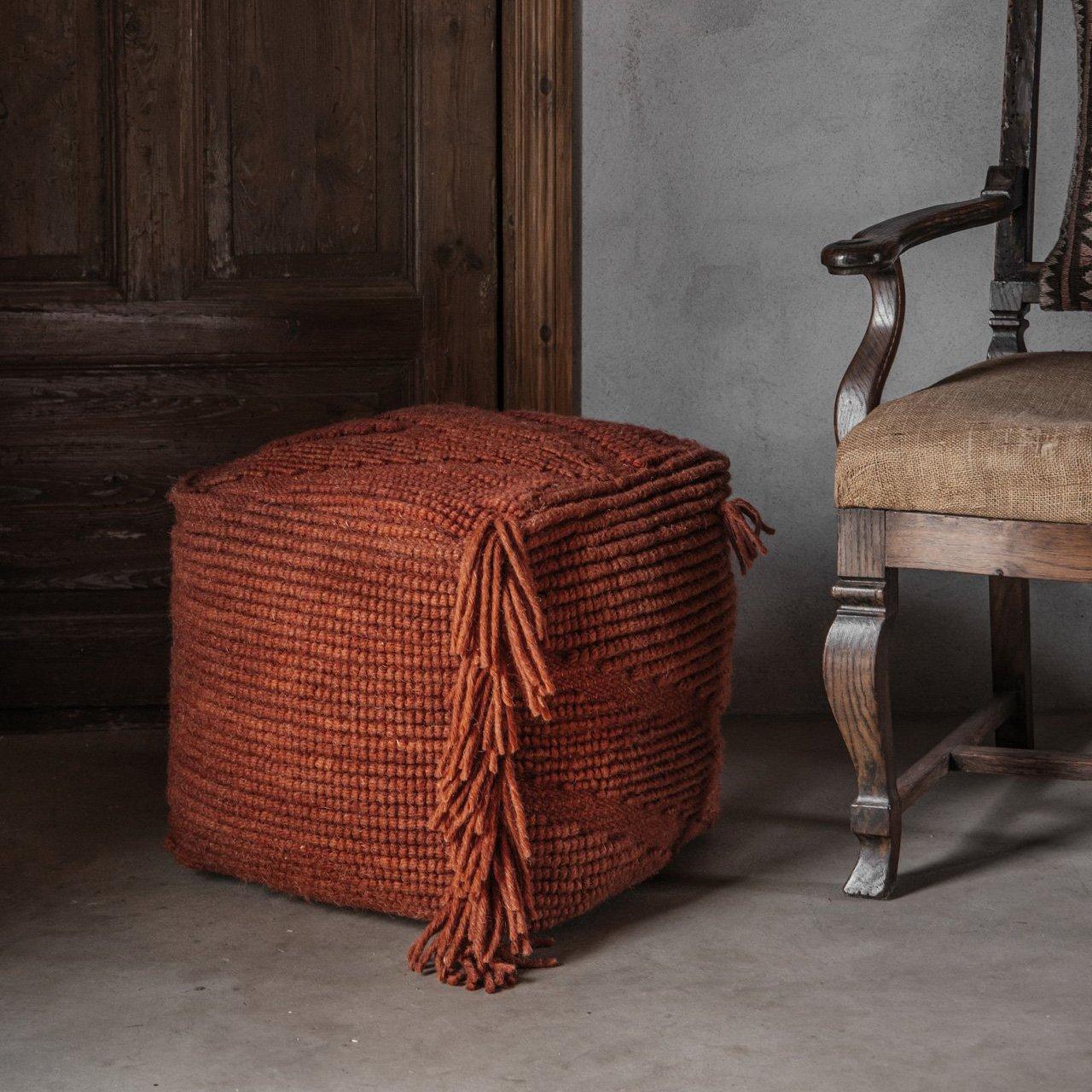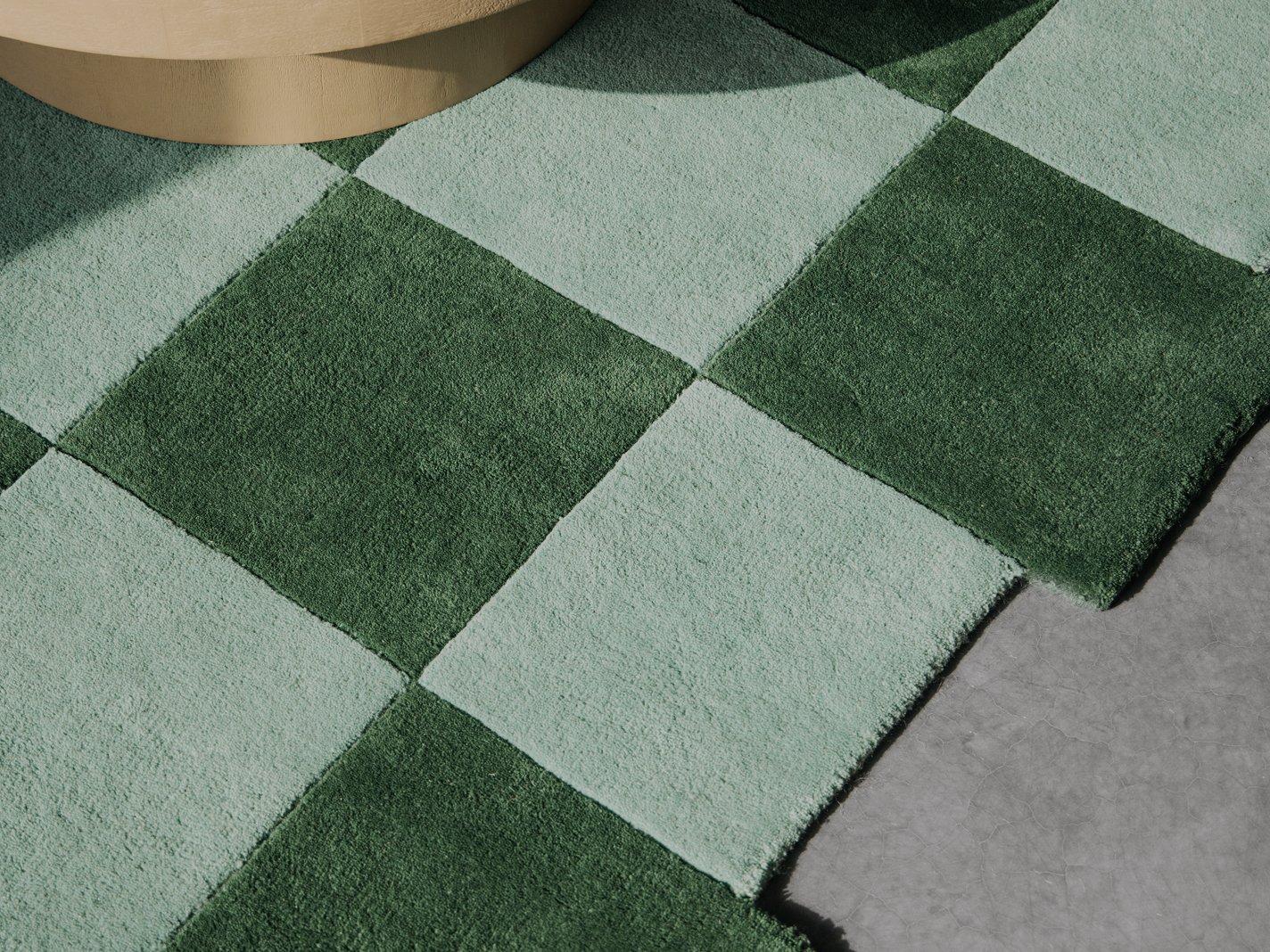A guide to oriental nomad rugs
Oriental nomad rugs are a remarkable testament to artistry and tradition. Although a slowly dying art form, these Persian carpets are still hand knotted by nomads under modest conditions, using handspun wool from locally raised sheep and dyed with natural materials. This results in a unique texture and strength unmatched by machine-spun alternatives. Inspired by their natural surroundings, nomads infuse each carpet with a variety of patterns, personal charm and artistic expression.
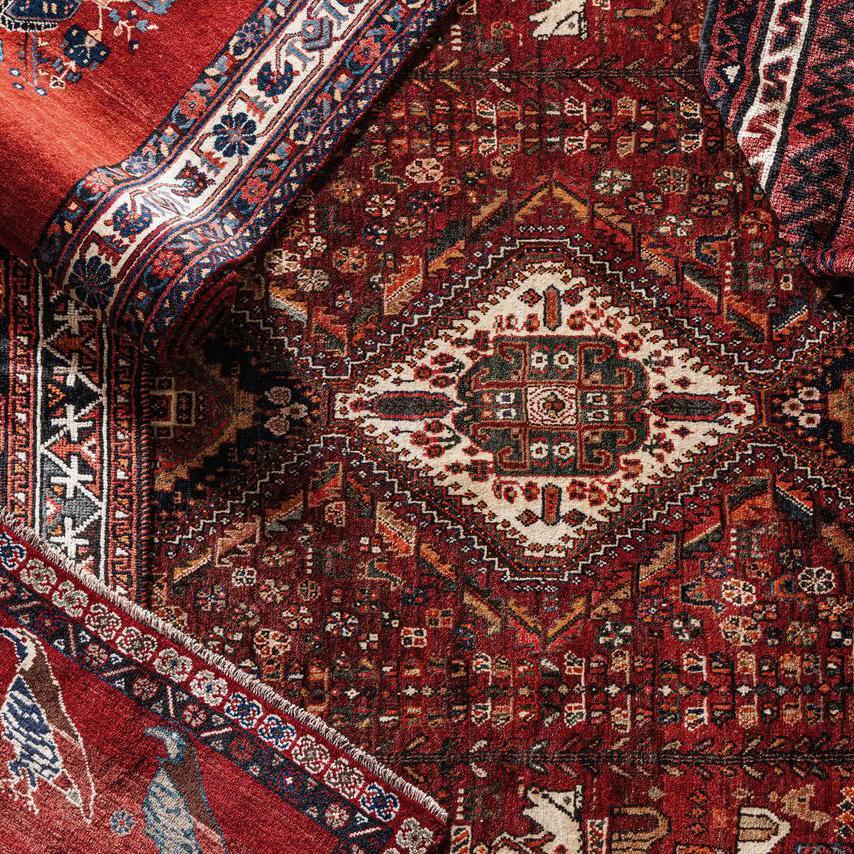
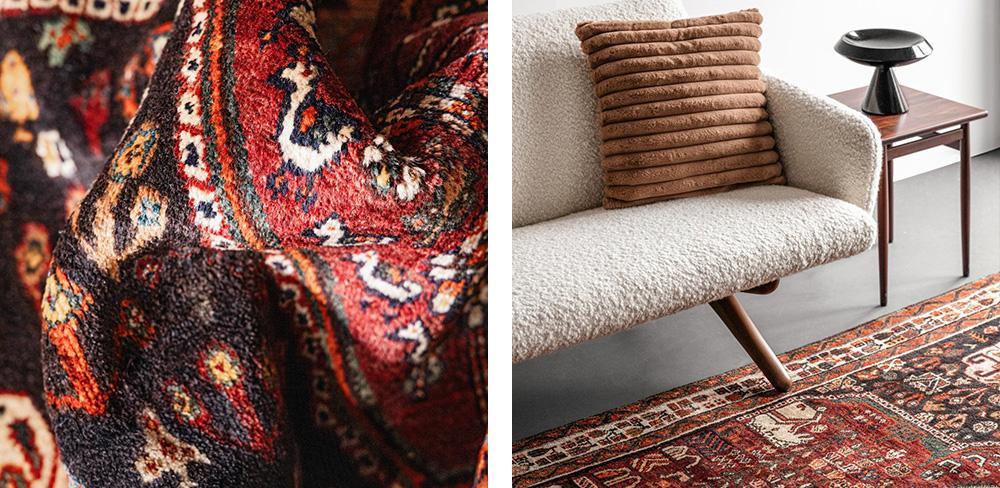
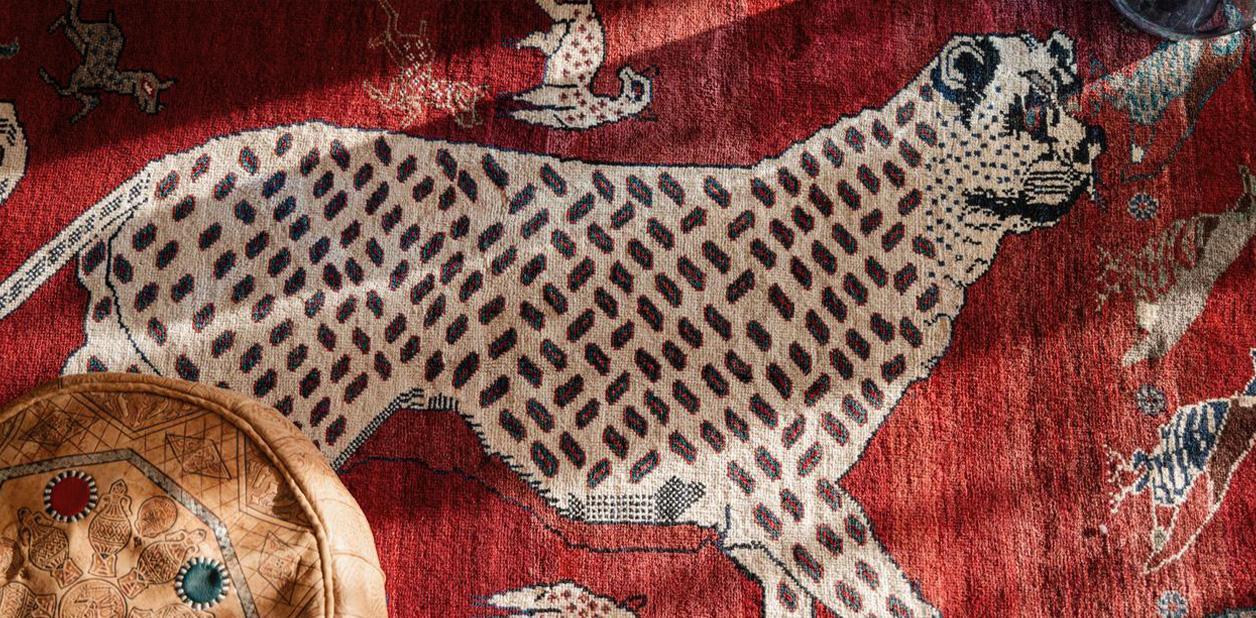

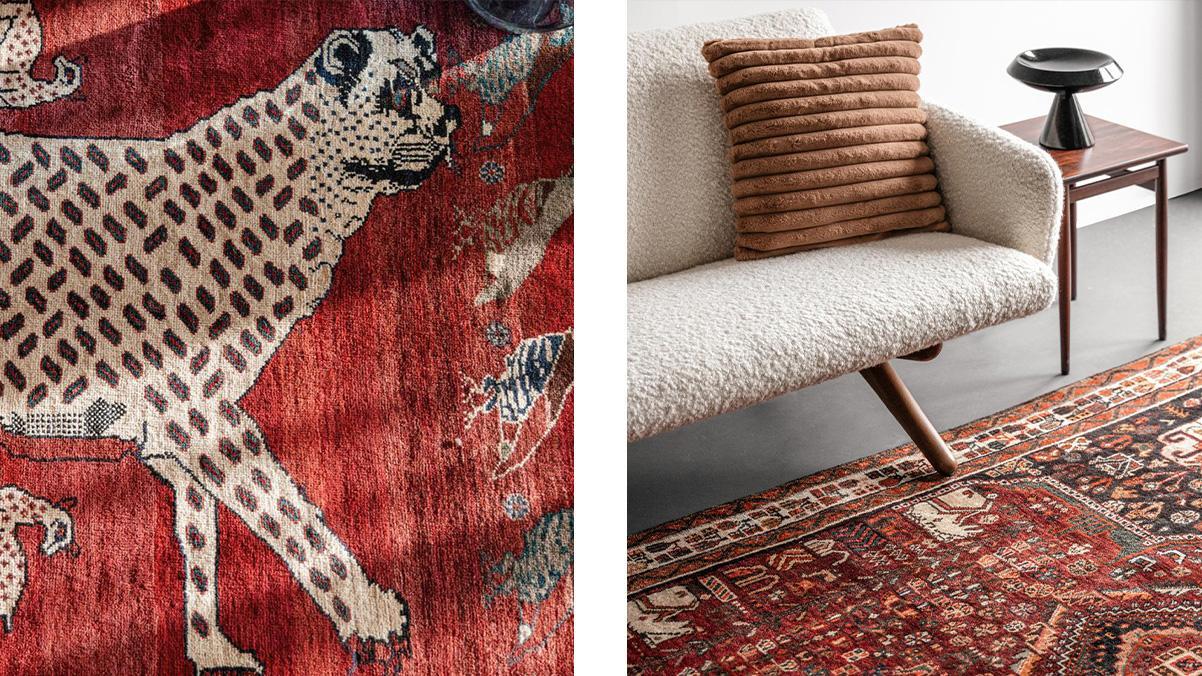
What are nomad rugs?
Nomad rugs are made for a purpose. They’re never mass produced, rather, made with specific uses in mind such as tent decoration, floor covering, as a source of warmth or for storage.
A nomad rug is fully knotted by hand. This process is a delicate and time-consuming process, commonly taking half a year or even longer. Every knot is tied in place by hand and each rug has between 90,000 to 120,000 knots per square meter. This skilled and timely hand knotting process accounts for why these rugs are more expensive than their machine-made counterparts.
While the nomads move around, they’re not able to carry large weaves with them which means that hand knotted nomad rugs are usually no larger than 3×2 meters. For the same reason the weaves used are not as sturdy as other oriental rug types. This makes it more difficult for the weavers to weave rugs which are perfectly symmetric and straight. However, this imperfection and lack of symmetry only adds to the charm of a hand knotted oriental nomad rug.

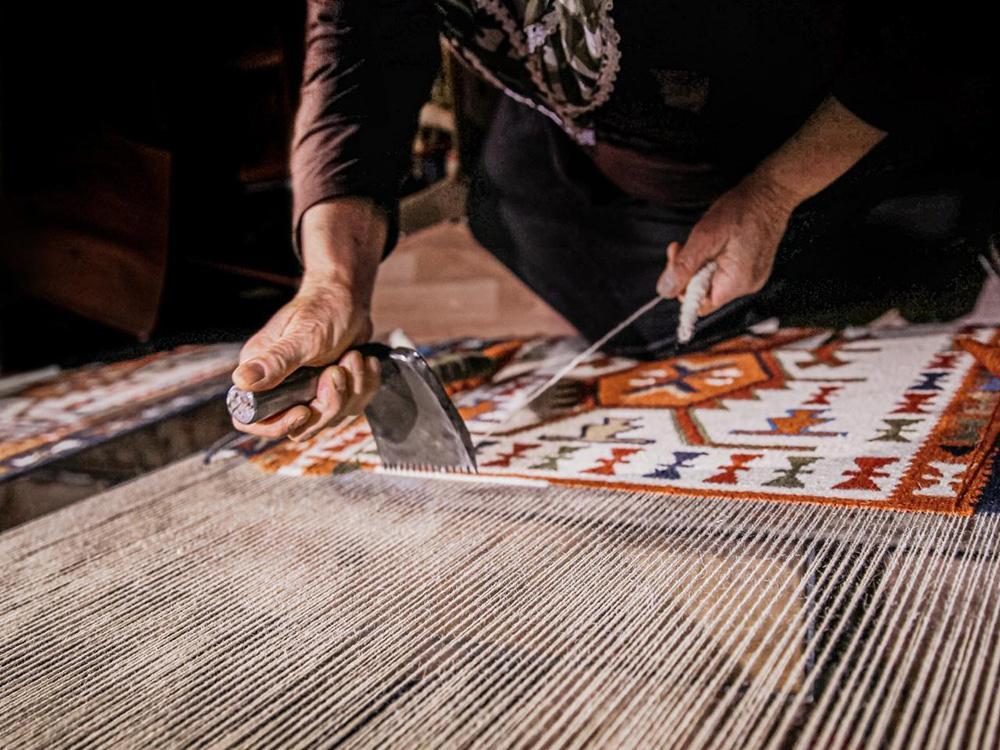
What are some of the most popular types of oriental nomad rugs?
There are still several nomadic tribes left who commonly produce hand knotted oriental nomad rugs. Some of the largest and most common are the Lori, the Ghashghai and the Afshar Tribes.
Gabbeh
Gabbeh rugs are traditional tribal rugs handwoven by Lori and Qashqai nomads in the Zagros Mountains of southwestern Iran. The word Gabbeh, meaning “raw” or “unfinished” in Persian, reflects their bold, unrefined style. These rugs are made from hand-spun wool, dyed with natural colours, and feature thick piles with simple, often spontaneous designs. The rugs were originally used for sleeping, as the thick pile provided insulation and warmth during cold nights in the mountains. Common motifs include geometric shapes and stylised animals like camels, goats or figures. Their earthy tones, soft texture, and rustic charm make Gabbeh rugs a distinctive choice for a selection of interiors.
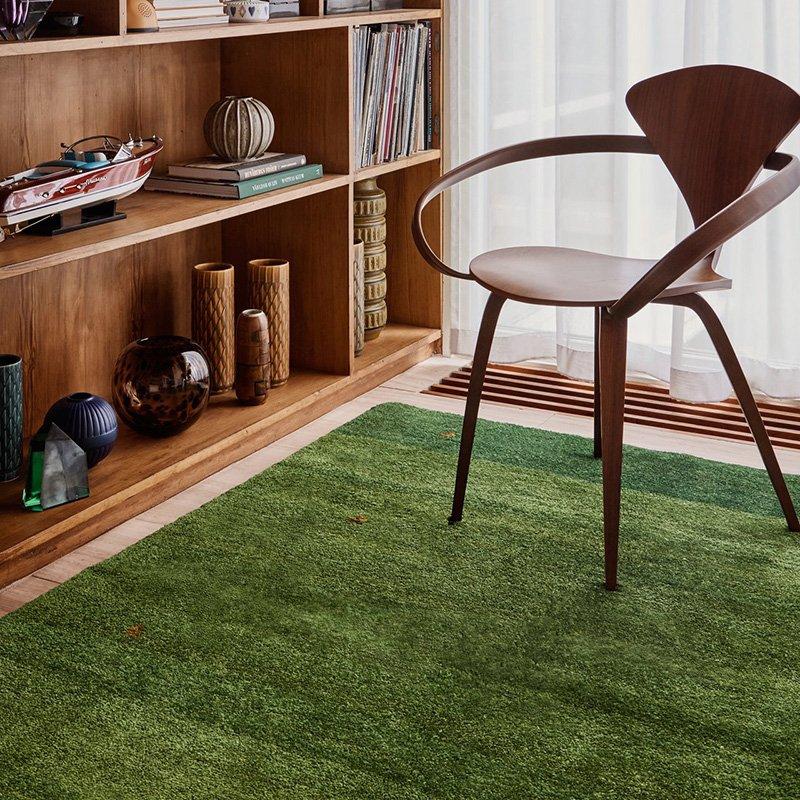
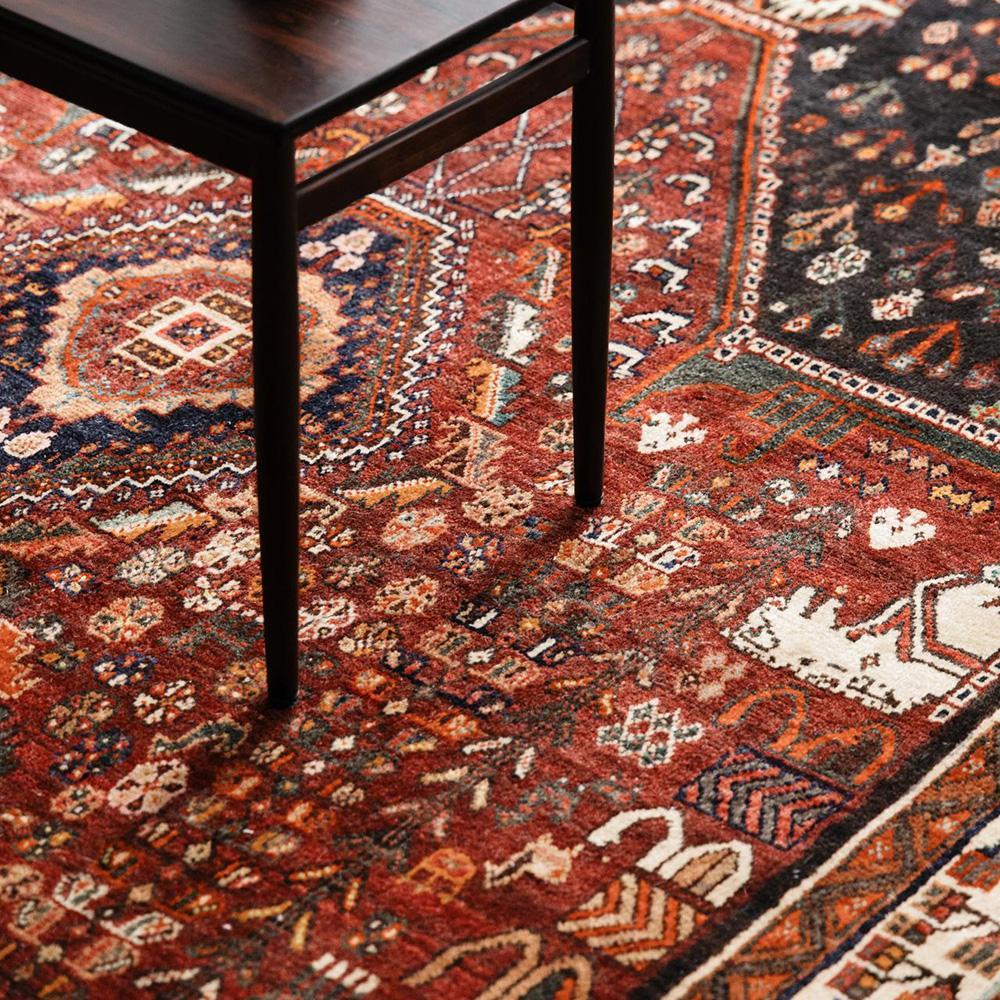
Ghashghai
The Ghashghai are one of the largest and most well-known tribes. They speak a Turkish dialect and are believed to have come from the Caucasus in the 18th century to their current areas, around Shiraz in the Fars Province of southern Iran. Both their rugs and the women’s clothing clearly show their skills and love of colours. Ghashghai rugs boast geometrical patterns, typically with three or five medallions along the center of the rug or in the middle and corners. The entire field is usually covered in small motifs and strong deep colours are used. Persepolis motifs can often be found in these rugs.
Afshar
The Afshar Tribe weaves different types of rugs which are classified according to the names of the cities where they are sold. The most important of these are Shahr-e-Babak and Sirjan, which are situated south west of Kerman. All Afshar rugs have a wool pile, while the warp and weft are usually cotton. Sirjan rugs have a medium density and are rigid and firmly knotted. The patterns are simple; either covering the entire rug or large hexagonal medallions and three rhombus shaped medallions in a central axis. Deep blue and red are dominant. Shahr-e-Babak rugs are finer and more flexible. The patterns are geometrical, very inventive and often decorated with animals or birds.
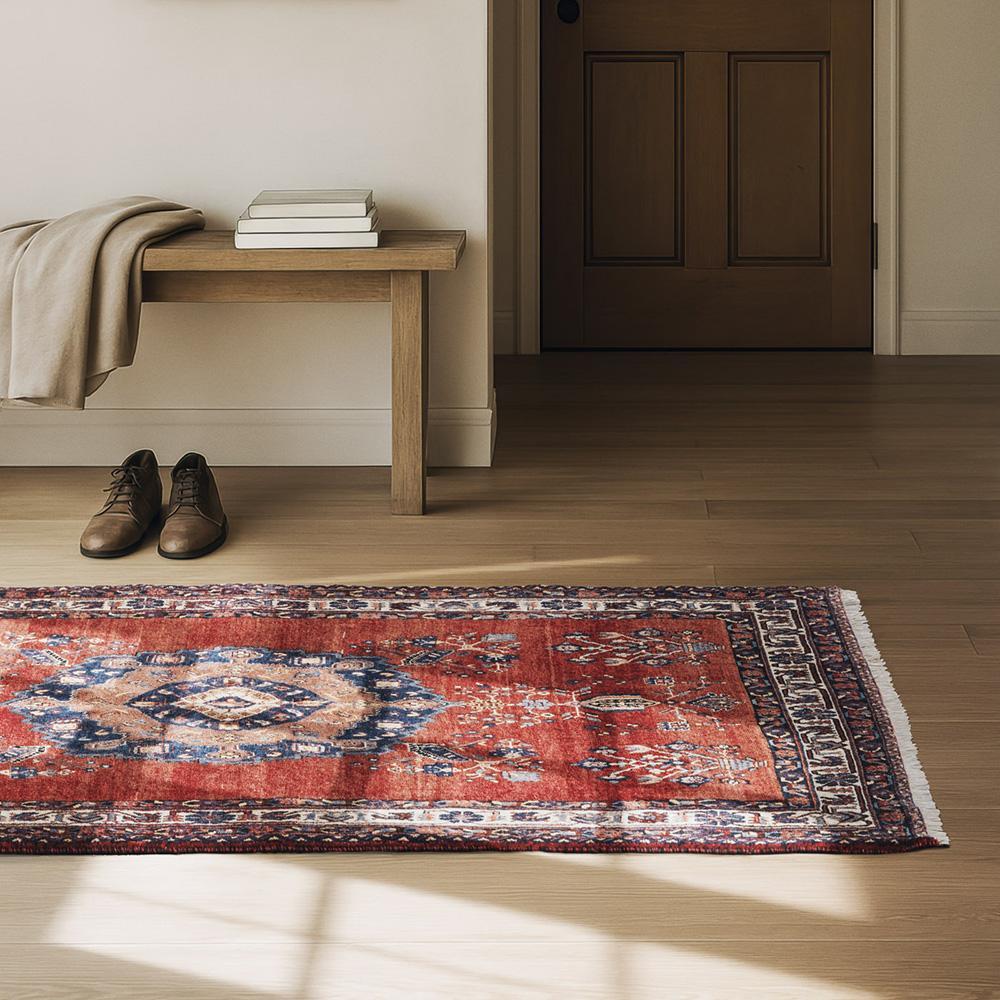

Lori
The Lori Tribe is one of the most important nomadic tribes in the region. Several of the Lori areas used to belong to the Ghashghai. As opposed to the Ghashghai, who speak Turkish, the Loris are originally Iranian, and their language is similar to Persian. Pressures from different sides in recent years have forced many Loris to give up their nomadic lives and settle in villages. Lori rugs resemble those of the Ghashghai tribe and are made entirely of wool, but they have a different series of motifs, and a generous use of clear, contrasted colours; a strong red is particularly prevalent.






